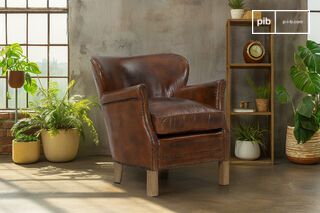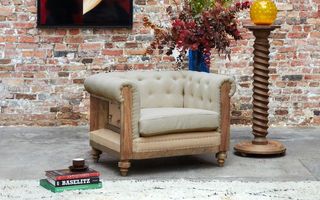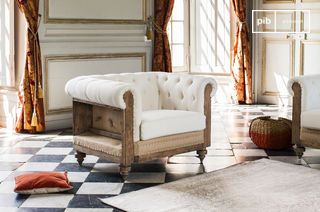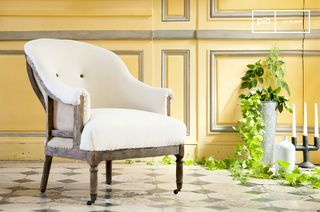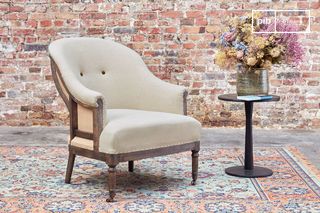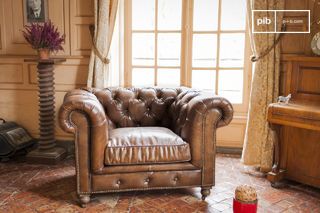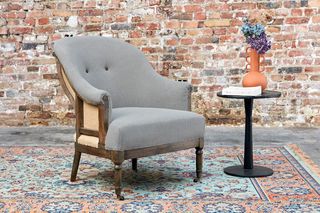Classic armchairs
Classic armchairs are based on a precise formal balance, inherited from historical models. Sculpted legs, curved backrests, generous seats: each element fulfills a structural as well as an aesthetic function. A classic armchair fits into a stable composition, where materials and lines are already established. Solid wood, stretched or studded fabric, controlled curves: it creates a focal point in rooms with a slow rhythm. Placement must take into account perspectives, circulation and lines of sight. read more >
Filters
10 festive days
10% off our tables and consoles
Welcome your guests in style · Limited stock

Definition and formal codes of the classic armchair
The classic armchair takes up codes from precise stylistic traditions, often linked to the Louis XV, Louis XVI, Directoire or Empire eras. Its lines are symmetrical, its volumes weighted. Armrests, backrests and legs obey a logic of balance and proportion. Comfort is not forgotten, but the primary function is visual stability. This type of chair is distinguished by a quiet, calm presence, without formal excess. It blends into rooms whose composition is already constructed, often around antique or reinterpreted elements.
Materials, finishes and positioning in space
The materials used are traditional: carved solid wood, often varnished or patinated; plain or classically patterned fabrics; visible upholstery nails or taut piping. The choice of these elements responds to functional as well as aesthetic criteria. Wood adds density and rhythm, while textiles add nuance or accentuate presence. The classic armchair can be positioned opposite a sofa, as a duo in a library, or as a punctuation mark in an entrance hall. Its positioning must respect the flow of traffic, without interfering with the overall reading experience. Its height and width must fit in with other volumes, so as not to upset the visual balance.
Dialogue with other furniture elements
This type of armchair works in a coherent environment: moldings, woodwork, thick coverings, diffused lighting. It can also dialogue with more contemporary elements, provided the contrast is conceived as a constructive tension. Too many antique elements in the same space can make the whole look too heavy. A single classic armchair may suffice to provide an anchor, a visual reference, a calming structure. In all cases, the use of the armchair should not be limited to decorative effect: it remains a piece of supporting furniture, designed to welcome, frame and stabilize a space.
The classic armchair is a highly legible piece. It imposes a rigorous layout and clear treatment of volumes. Properly placed, it contributes to the construction of a structured interior, without redundancy or overload.
